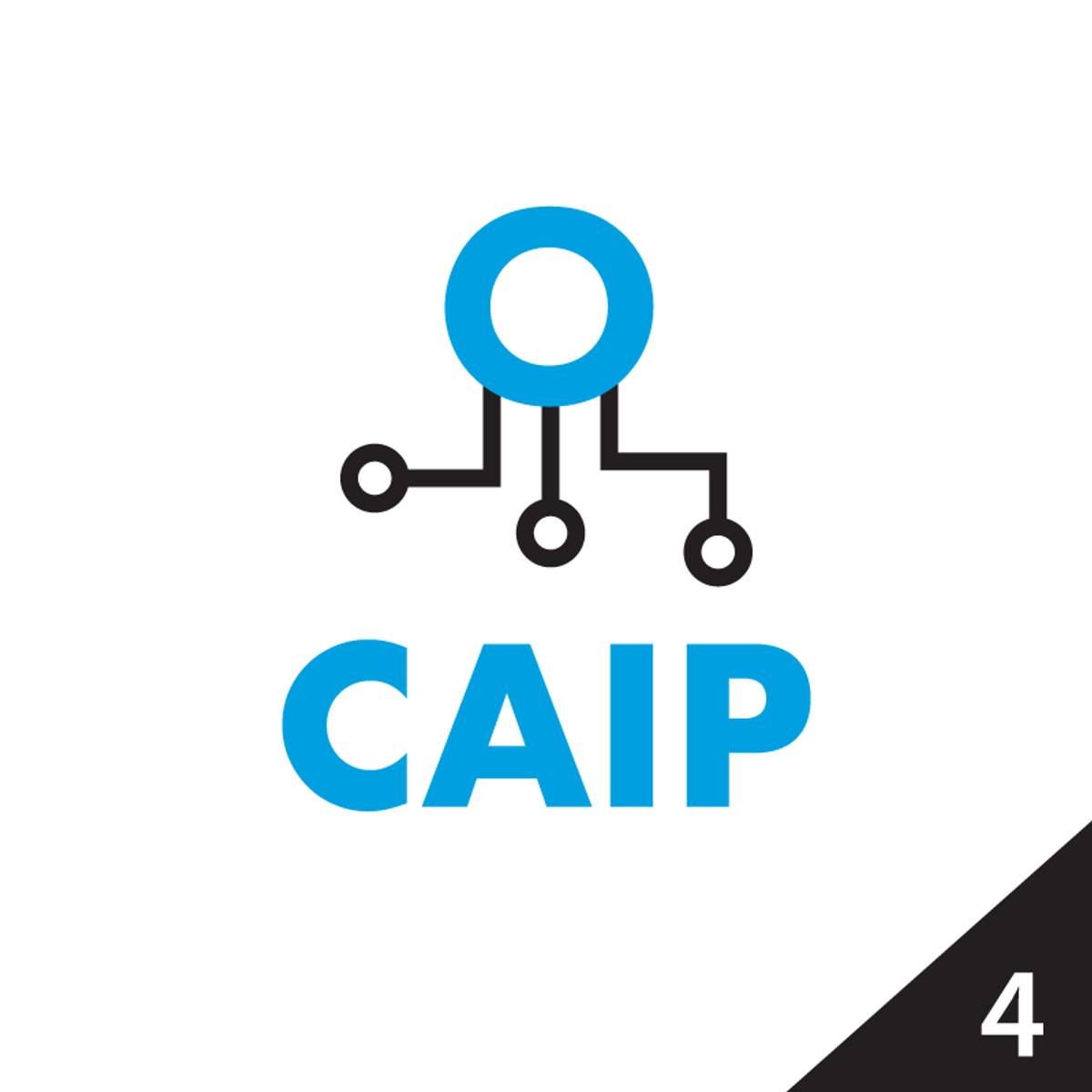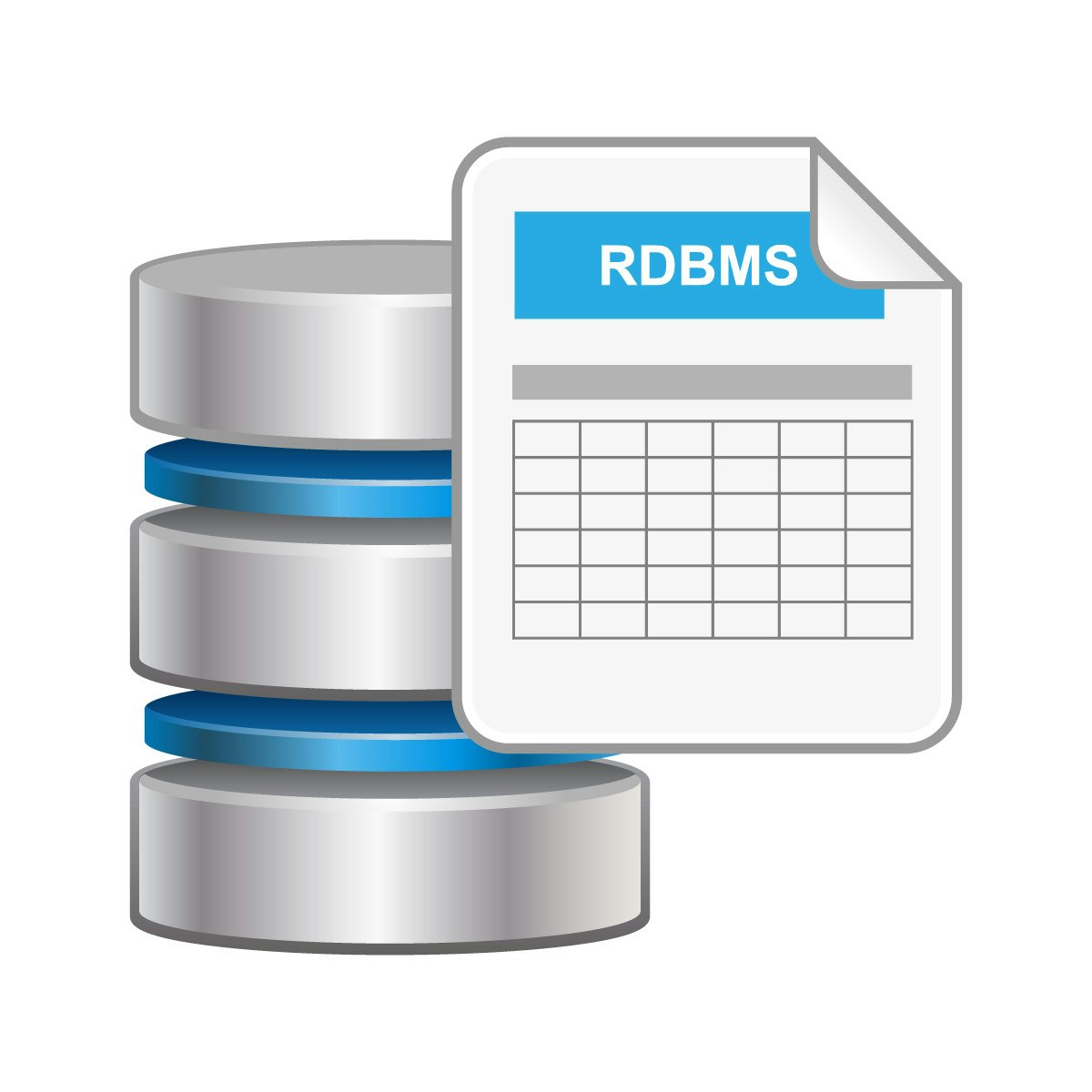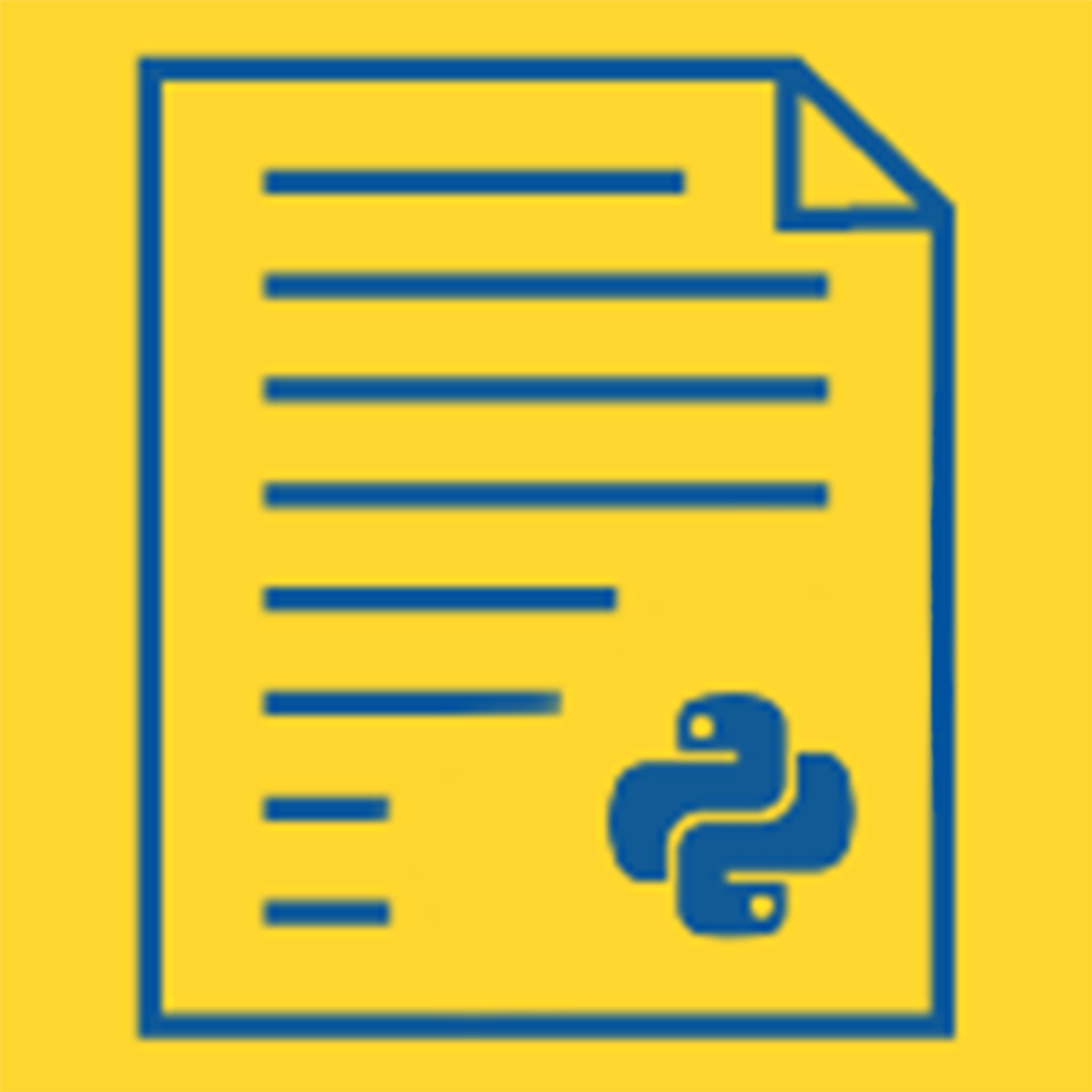Back to Courses









Data Analysis Courses - Page 47
Showing results 461-470 of 998
Build Decision Trees, SVMs, and Artificial Neural Networks
There are numerous types of machine learning algorithms, each of which has certain characteristics that might make it more or less suitable for solving a particular problem. Decision trees and support-vector machines (SVMs) are two examples of algorithms that can both solve regression and classification problems, but which have different applications. Likewise, a more advanced approach to machine learning, called deep learning, uses artificial neural networks (ANNs) to solve these types of problems and more. Adding all of these algorithms to your skillset is crucial for selecting the best tool for the job.
This fourth and final course within the Certified Artificial Intelligence Practitioner (CAIP) professional certificate continues on from the previous course by introducing more, and in some cases, more advanced algorithms used in both machine learning and deep learning. As before, you'll build multiple models that can solve business problems, and you'll do so within a workflow.
Ultimately, this course concludes the technical exploration of the various machine learning algorithms and how they can be used to build problem-solving models.

Introduction to Data Analytics for Business
This course will expose you to the data analytics practices executed in the business world. We will explore such key areas as the analytical process, how data is created, stored, accessed, and how the organization works with data and creates the environment in which analytics can flourish.
What you learn in this course will give you a strong foundation in all the areas that support analytics and will help you to better position yourself for success within your organization. You’ll develop skills and a perspective that will make you more productive faster and allow you to become a valuable asset to your organization.
This course also provides a basis for going deeper into advanced investigative and computational methods, which you have an opportunity to explore in future courses of the Data Analytics for Business specialization.

Fake Instagram Profile Detector
In this hands-on project, we will build and train a simple artificial neural network model to detect spam/fake Instagram accounts. Fake and spam accounts are a major problem in social media. Many social media influencers use fake Instagram accounts to create an illusion of having so many social media followers. Fake accounts can be used to impersonate or catfish other people and be used to sell fake services/products.
By the end of this project, you will be able to:
- Understand the applications of Artificial Intelligence and Machine Learning techniques in the banking industry
- Understand the theory and intuition behind Deep Neural Networks
- Import key Python libraries, dataset, and perform Exploratory Data Analysis.
- Perform data visualization using Seaborn.
- Standardize the data and split them into train and test datasets.
- Build a deep learning model using Keras with Tensorflow 2.0 as a back-end.
- Assess the performance of the model and ensure its generalization using various Key Performance Indicators (KPIs).
Note: This course works best for learners who are based in the North America region. We’re currently working on providing the same experience in other regions.

Introduction to Relational Databases (RDBMS)
Are you ready to dive into the world of data engineering? You’ll need a solid understanding of how data is stored, processed, and accessed. You’ll need to identify the different types of database that are appropriate for the kind of data you are working with and what processing the data requires.
In this course, you will learn the essential concepts behind relational databases and Relational Database Management Systems (RDBMS). You’ll study relational data models and discover how they are created and what benefits they bring, and how you can apply them to your own data. You’ll be introduced to several industry standard relational databases, including IBM DB2, MySQL, and PostgreSQL.
This course incorporates hands-on, practical exercises to help you demonstrate your learning. You will work with real databases and explore real-world datasets. You will create database instances and populate them with tables.
No prior knowledge of databases or programming is required.
Anyone can audit this course at no-charge. If you choose to take this course and earn the Coursera course certificate, you can also earn an IBM digital badge upon successful completion of the course.
Data Analysis in Python with pandas & matplotlib in Spyder
Code and run your first Python script in minutes without installing anything!
This course is designed for learners with no coding experience, providing a crash course in Python, which enables the learners to delve into core data analysis topics that can be transferred to other languages. In this course, you will learn how to import and organize your data, use functions to gather descriptive statistics, and perform statistical tests.
To allow for a truly hands-on, self-paced learning experience, this course is video-free.
Assignments contain short explanations with images and runnable code examples with suggested edits to explore code examples further, building a deeper understanding by doing. You’ll benefit from instant feedback from a variety of assessment items along the way, gently progressing from quick understanding checks (multiple choice, fill in the blank, and un-scrambling code blocks) to small, approachable coding exercises that take minutes instead of hours. Finally, a longer-form lab at the end of the course will provide you an opportunity to apply all learned concepts within a real-world context.

Hadoop Platform and Application Framework
This course is for novice programmers or business people who would like to understand the core tools used to wrangle and analyze big data. With no prior experience, you will have the opportunity to walk through hands-on examples with Hadoop and Spark frameworks, two of the most common in the industry. You will be comfortable explaining the specific components and basic processes of the Hadoop architecture, software stack, and execution environment. In the assignments you will be guided in how data scientists apply the important concepts and techniques such as Map-Reduce that are used to solve fundamental problems in big data. You'll feel empowered to have conversations about big data and the data analysis process.

Introduction to Cloud Dataproc: Hadoop and Spark on Google Cloud
This is a self-paced lab that takes place in the Google Cloud console.
In this lab, you will learn how to start a managed Spark/Hadoop cluster using Dataproc, submit a sample Spark job, and shut down your cluster using the Google Cloud Console.

Learning SAS: Creating Formats and Labels
In this 1.03-hour long project-based course, you will learn to add LABELS to variables, use FORMATS to enhance outputs, regroup values using FORMATS, discover more on FORMAT RANGES and store your FORMATS in a FORMAT LIBRARY.
Note: This course works best for learners who are based in the North America region. We’re currently working on providing the same experience in other regions.

Introduction to Big Data
Interested in increasing your knowledge of the Big Data landscape? This course is for those new to data science and interested in understanding why the Big Data Era has come to be. It is for those who want to become conversant with the terminology and the core concepts behind big data problems, applications, and systems. It is for those who want to start thinking about how Big Data might be useful in their business or career. It provides an introduction to one of the most common frameworks, Hadoop, that has made big data analysis easier and more accessible -- increasing the potential for data to transform our world!
At the end of this course, you will be able to:
* Describe the Big Data landscape including examples of real world big data problems including the three key sources of Big Data: people, organizations, and sensors.
* Explain the V’s of Big Data (volume, velocity, variety, veracity, valence, and value) and why each impacts data collection, monitoring, storage, analysis and reporting.
* Get value out of Big Data by using a 5-step process to structure your analysis.
* Identify what are and what are not big data problems and be able to recast big data problems as data science questions.
* Provide an explanation of the architectural components and programming models used for scalable big data analysis.
* Summarize the features and value of core Hadoop stack components including the YARN resource and job management system, the HDFS file system and the MapReduce programming model.
* Install and run a program using Hadoop!
This course is for those new to data science. No prior programming experience is needed, although the ability to install applications and utilize a virtual machine is necessary to complete the hands-on assignments.
Hardware Requirements:
(A) Quad Core Processor (VT-x or AMD-V support recommended), 64-bit; (B) 8 GB RAM; (C) 20 GB disk free. How to find your hardware information: (Windows): Open System by clicking the Start button, right-clicking Computer, and then clicking Properties; (Mac): Open Overview by clicking on the Apple menu and clicking “About This Mac.” Most computers with 8 GB RAM purchased in the last 3 years will meet the minimum requirements.You will need a high speed internet connection because you will be downloading files up to 4 Gb in size.
Software Requirements:
This course relies on several open-source software tools, including Apache Hadoop. All required software can be downloaded and installed free of charge. Software requirements include: Windows 7+, Mac OS X 10.10+, Ubuntu 14.04+ or CentOS 6+ VirtualBox 5+.

Predictive Modeling, Model Fitting, and Regression Analysis
Welcome to Predictive Modeling, Model Fitting, and Regression Analysis. In this course, we will explore different approaches in predictive modeling, and discuss how a model can be either supervised or unsupervised. We will review how a model can be fitted, trained and scored to apply to both historical and future data in an effort to address business objectives. Finally, this course includes a hands-on activity to develop a linear regression model.
Popular Internships and Jobs by Categories
Find Jobs & Internships
Browse
© 2024 BoostGrad | All rights reserved